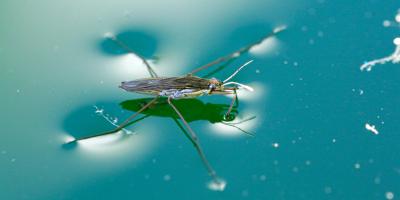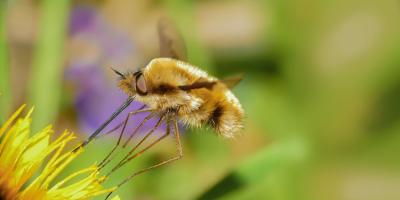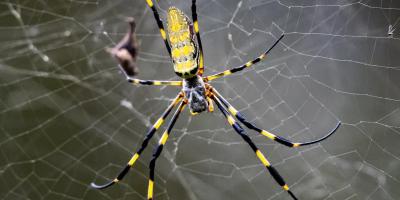Termite Swarms: What You Need to Know
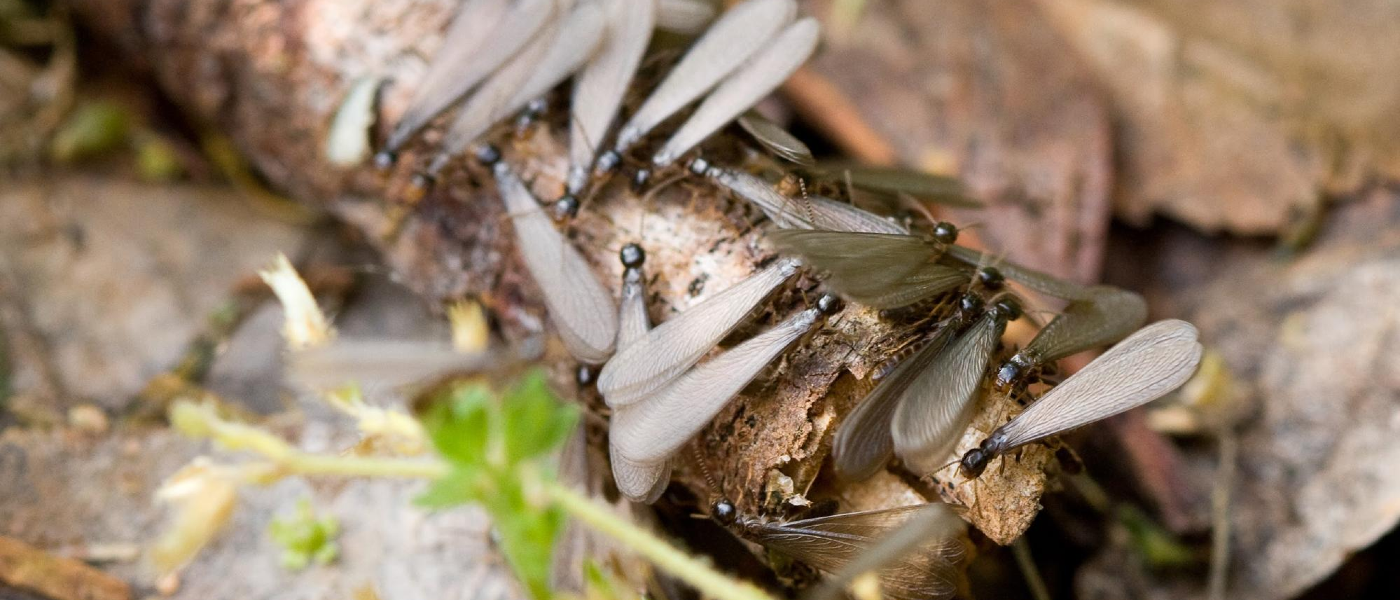
New England locals are famous for laughing in the face of storms. When blizzards hit, we smirk as we start the grill, often in flip-flops and with an iced coffee in hand. But what about when those storms occur inside your home or threaten to make their way inside?
Spring is right around the corner, and with it will come new seasonal “storms”. Weather aside, many will find themselves plagued by thousands of winged insects swarming their living room or backyards as if they’ve stepped into a Jumanji scene. If you find yourself in this scenario, don’t panic; before you reach for the dice, let’s look at what’s really going on and what you need to know about these pests.
So what are they?
First thing’s first: the insect swarm may or may not be that of termites. Ants also swarm in the same fashion, so it’s important to identify the pest before any treatment is performed. Termites are cigar-shaped and have two sets of wings that are equal in length and about double the length of their bodies. In contrast, ants have pinched waists and shorter wings, with the forewings visibly longer than the hindwings.
Furthermore, termites will usually swarm in early spring, right as the temperatures start to rise and often immediately after it rains. Swarming could even be as early as January if the colony is in a particularly warm, sheltered location within the structure and if the weather permits. Ants, on the other hand, are more likely to swarm in late spring or early summer about 3-5 days after it rains. Carpenter ants are wood destroying insects as well, so getting a proper identification of the pest is paramount to identifying the proper solution.
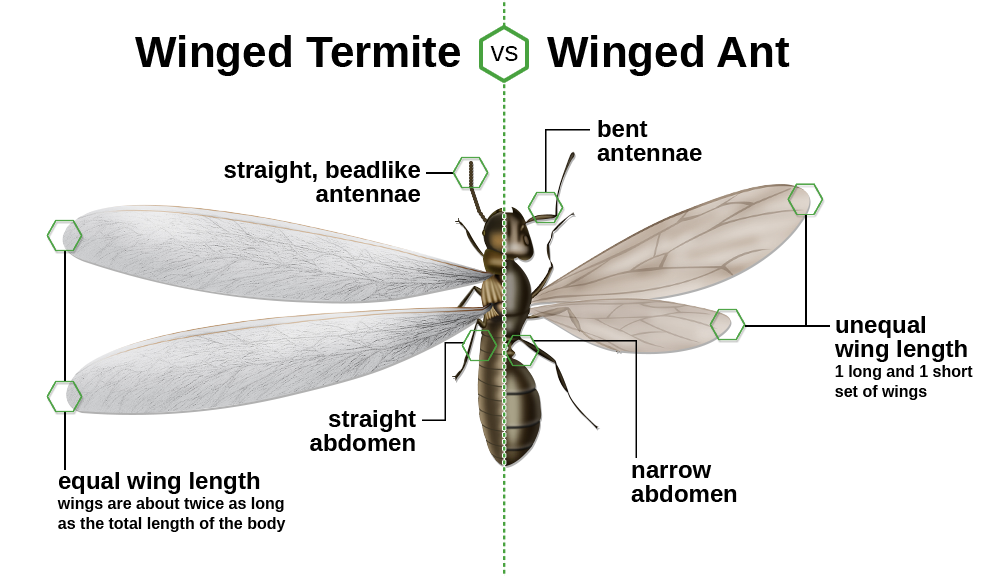
Where did they come from?
Unfortunately, if you’re seeing any type of swarming inside or around your home, you’ve likely had a colony silently growing within the walls of your home for years. Termites only swarm once the colony has grown large enough to start producing new colonies elsewhere, usually at least three years after it was founded.
What are they doing?
Think of swarms as a termite’s version of speed-dating: All the bachelors and bachelorettes meet up at the same time and place, where they have an hour to mingle and find a mate. They pair up, find a place to live out their honeymoon phase, ditch their wings and live happily ever after as they start their reign over the new termite colony.
What are the telltale signs of a recent termite swarm?
More often than not, you’ll likely miss seeing the swarm itself since it usually occurs mid-day and only lasts a short while. However, the evidence they leave behind can be easily spotted if you know what to look for. Termite swarmers usually swarm near a lightsource (think windows!) and will shed their wings after they find a mate. So if you are finding wings on or near the windowsill or other well-lit areas, you’ll want to have your service professional check for termites.
So what happens next?
When termite swarming occurs near your home, it is very possible that the breeding couples may be coming your way to start their colonies. On the other hand, if the swarm was seen inside, there’s only one place they could have come from: inside your walls. This is a certain indicator that there is an active, mature colony already feeding on wooden structures of your home, which you’ll want addressed by a professional immediately. It is common to see termite swarmers flying around your property in the spring and early summer, and is usually of no concern for your home; however, when in doubt, contact JP Pest Services. Termites will forage distances as long as football fields in search of decomposing wood. As much as we hope that they’ll target the rotting tree in the neighbor’s yard, it’s important not to rule out any wood-constructed home as safe from termites. This is why it is important to have a proactive monitoring system in place, to ensure that homeowners are made aware of any activity around their homes in the early stage of any new infestation.
Is there a termite season?
While termites do have a swarming season, there is no specific season where they are not actively working. Queens continue laying eggs, workers continue eating, and scouts continue seeking out new areas for the colony to spread. Since these events occur year-round, structures are continuously at-risk for becoming termite lunch, whether or not a swarm was witnessed nearby.
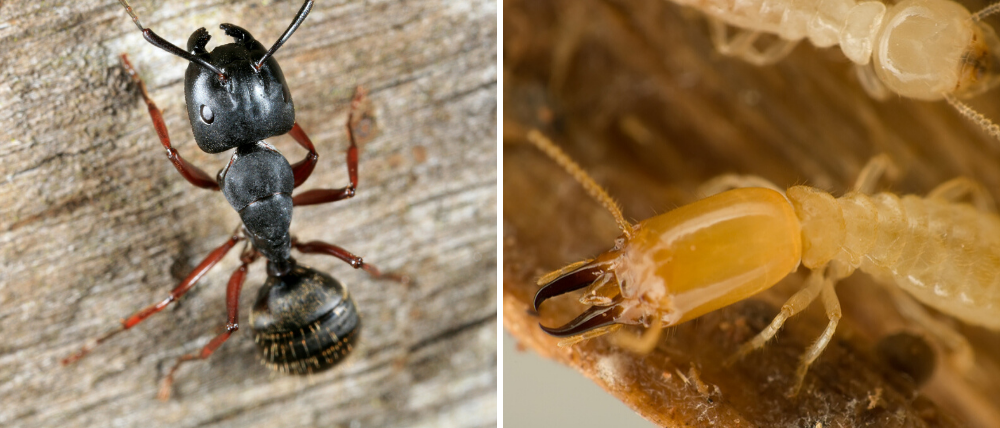
Just how bad are termites, and will they go away on their own?
Termites cause about $5 billion in structure damage every year in the United States alone, according to the National Pest Management Association. The most common termite in New England, the Eastern subterranean termite, is also the most destructive species in the United States as they continuously eat 24/7, which is bad news for any affected structure. A young colony that is caught early will cause minimal damage, but as the colony grows larger, so does the damage. Furthermore, unlike ants, there can be more than one egg-producing female within a colony, and they can take each other’s place as queen if the opportunity presents itself. This means that unless the entire colony is eradicated, it will continue to grow and multiply.
By the time they start to swarm there is likely already considerable damage, so it is important to contact JP Pest Services as soon as possible if you suspect a termite or any other wood-destroying pest issue. We have several entomologists on staff who can quickly identify your pest and point you in the right direction for control options. Thousands of our customers are already proactively protecting their homes against termites, while tens of thousands more are having their homes actively monitored for new activity.
Not sure if your home is currently protected? Contact us today to speak with a customer support specialist.
*Limit one per property. Restrictions and limitations may apply. Contact customer support specialist for details.

